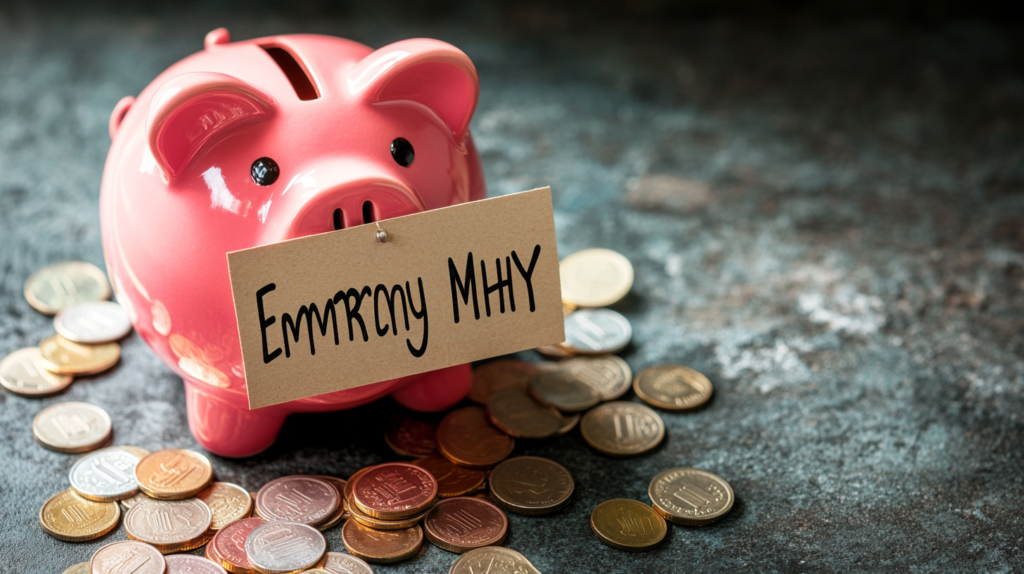
Building an emergency fund is one of the most important steps toward financial security, but many misconceptions can deter people from starting or maintaining one. Let’s debunk some of the most common myths about emergency funds and set the record straight so you can take control of your financial future.
Myth 1: «Only Wealthy People Can Afford an Emergency Fund»
The Reality:
You don’t need to be wealthy to start saving for an emergency fund. Even small, consistent contributions can grow over time. Starting with just $10 or $20 a week can add up to $500–$1,000 within a year.
What You Can Do:
- Start small: Aim for a modest initial goal, such as $500.
- Use automation: Set up automatic transfers to your savings account.
- Cut back on non-essentials: Redirect funds from coffee runs or subscriptions to your emergency fund.
Myth 2: «A Credit Card is a Better Option Than an Emergency Fund»
The Reality:
Relying on credit cards for emergencies can lead to high-interest debt. An emergency fund offers a debt-free solution, ensuring you don’t compound financial stress during tough times.
What You Can Do:
- Prioritize building a cash reserve to cover unexpected expenses.
- Use credit cards only as a last resort or to bridge gaps temporarily.
Myth 3: «You Only Need an Emergency Fund if You Have a Family»
The Reality:
Everyone needs an emergency fund, regardless of their family status. Life’s uncertainties—like medical bills, car repairs, or job loss—can affect anyone.
What You Can Do:
- Calculate your monthly expenses and set a savings target that suits your lifestyle.
- Remember that even single individuals can benefit significantly from financial preparedness.
Myth 4: «It’s Impossible to Save Three to Six Months of Expenses»
The Reality:
While saving several months’ worth of expenses may feel overwhelming, it’s achievable with a strategic approach. Breaking it into smaller, manageable steps can make the process less intimidating.
What You Can Do:
- Set incremental goals: Start with $1,000 and then work toward one month of expenses, then two months, and so on.
- Adjust your timeline: Saving over a longer period can ease the pressure.
Myth 5: «An Emergency Fund Should Cover Every Possible Scenario»
The Reality:
Your emergency fund doesn’t need to cover every conceivable expense. It’s designed to handle urgent, unexpected costs, not routine bills or planned purchases.
What You Can Do:
- Focus on essentials like housing, food, utilities, and transportation.
- Consider supplemental savings accounts for other goals, such as vacations or home upgrades.
Myth 6: «Emergency Funds Should Be Invested for Higher Returns»
The Reality:
An emergency fund should be easily accessible and low-risk. While investments can offer higher returns, they also come with volatility and withdrawal restrictions that make them unsuitable for emergencies.
What You Can Do:
- Keep your emergency fund in a high-yield savings account or a money market account.
- Avoid tying up these funds in stocks, bonds, or other investments.
Myth 7: «Once I Build My Emergency Fund, I’m Done»
The Reality:
Your emergency fund isn’t a one-and-done task. As your expenses or circumstances change, you may need to adjust the size of your fund.
What You Can Do:
- Review your fund annually: Reassess your needs based on inflation, new expenses, or lifestyle changes.
- Replenish after use: Make rebuilding your fund a priority after any withdrawal.
Conclusion
Don’t let myths and misconceptions keep you from building a solid financial safety net. An emergency fund is essential for everyone, regardless of income, lifestyle, or family status. By starting small, staying consistent, and focusing on realistic goals, you can create a reliable buffer against life’s uncertainties.
